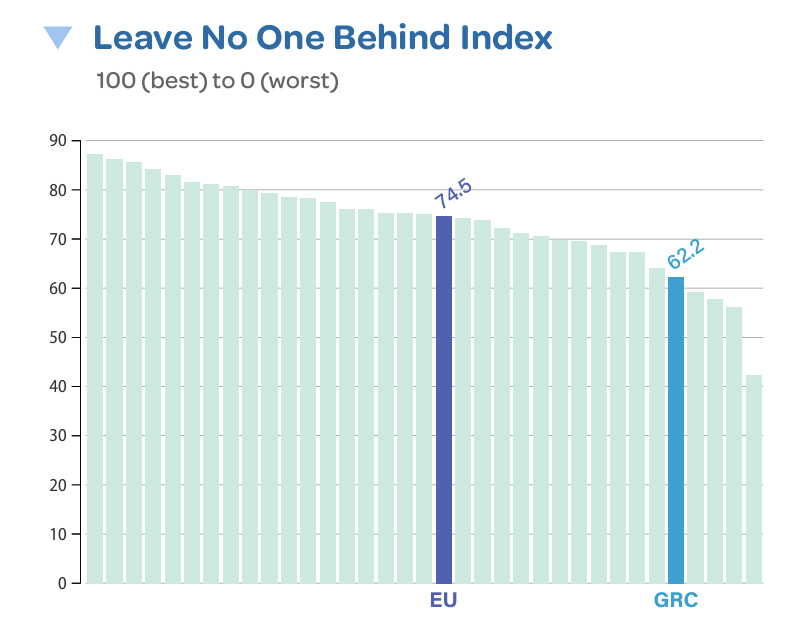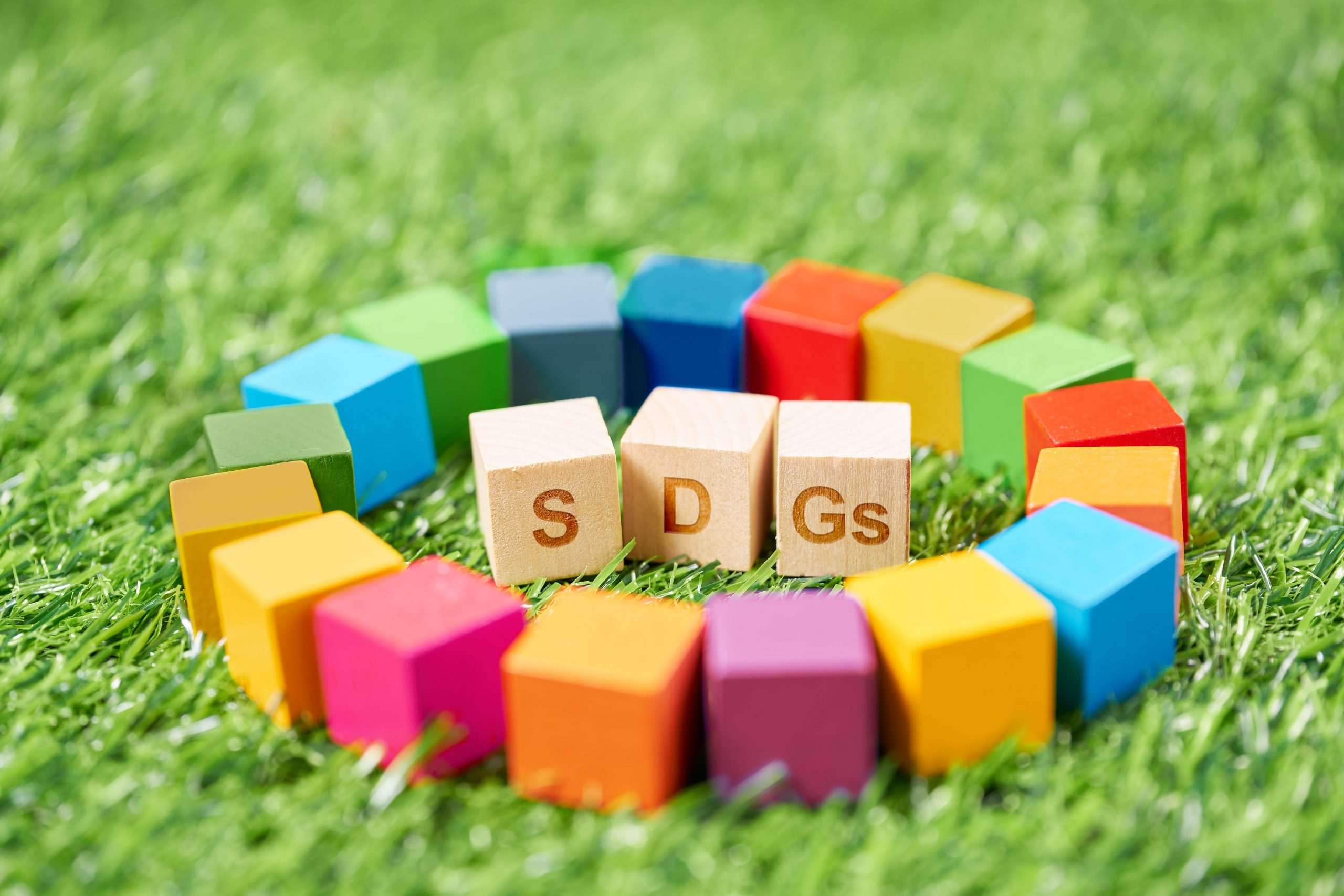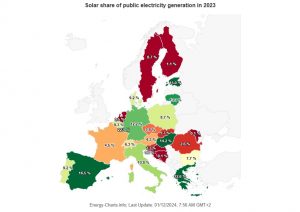Greece continues to trail the EU average in its attainment of the United Nation’s Sustainable Development Goals (SDGs) and ranks 28 out of 34 European countries, according to the Europe Sustainable Development Report 2023/2024 published by the United Nations Sustainable Development Network (SDSN).
The country’s overall index score comes in at 65.2 out of 100, while countries considered to have good performance hold a score of 80 or more.
The report provides a quantitative assessment of SDG priorities for the EU, EFTA countries, the UK and candidate countries and is comprised of 109 indicators, 95 of which allow evaluation of progress over time. It categories the work each country still has to do for each SDG in regards to 2030 targets as: major challenges, significant challenges, challenges remain, and SDG achieved.
Greece’s performance by SDG
According to the report, Greece continues to face major challenges in relation to climate action (SDG 13), decent work and economic growth (SDG 8), quality education (SDG 4) and responsible consumption and production (SDG 12).

Significant challenges are noted in relation to the following goals: no poverty (SDG 1), zero hunger (SDG 2), gender equality (SDG 5), affordable and clean energy (SDG 7), industry, innovation and infrastructure (SDG 9), sustainable cities and communities (SDG 11), life below water (SDG 14), life on land (SGD 15), peace, justice and strong institutions (SDG 16) and partnerships for the goals (SDG 17).
And challenges remain for Greece connected to good health and well-being (SDG 3), reduced inequalities (SDG 10) and clean water (SDG 6).
Unfortunately, according to the report, Greece is only on track to achieve targets in relation to reduced inequalities (SDG 10) and industry, innovation and infrastructure (SDG 9).
Greece and the Leave-No-One-Behind Index (LNOB)
In terms of the LNOB Index, Greece is also far below the EU average of 74.5 out of 100, and comes in at 62.2, which is 5th place from last.

The purpose of the LNOB Index is to measure inequalities within countries, and it does so by looking at a subset of 32 indicators that are also used in the overall SDG Index and Dashboards. It examines the following 4 dimensions:
- • Extreme poverty and material deprivation (e.g. poverty after social transfers, and disparities in health insurance coverage)
- • Income inequality and respect for fundamental labor rights
- • Gender inequality (e.g. gender pay and employment gaps, under-representation of women in leadership roles in the public and private sectors)
- • Access to and quality of services (e.g. disparities across population groups in relation to key services including education and health)
One should note that European countries generally perform well, on a global level, in terms of equality.
SDGs Performance Across Europe
Looking holistically, the report shows that the sub-regions of south, central and eastern Europe trail the average, along with candidate countries. The countries with the best scores and which are on track to achieve SDGs by 2030 are from the north and west of Europe, as well as the Baltic states.
Europe’s attainment of the SDGs has slowed since the pandemic and, halfway into the 2030 target for SDGs, the EU has achieved or is on track to achieve a little over two-thirds of the SDG targets.
First place has been retained by Finland for the fourth year in a row, and it is also noted to be the happiest country in the world, according to the World Happiness Report for 2023.
Methodology
According to the report, “the SDG Index and Dashboards for Europe builds on the methodology of the Sustainable Development Report, developed by the SDSN and Bertelsmann Stiftung to track countries’ performance on the 17 SDGs. The methodology has been peer-reviewed by Cambridge University Press and Nature Geoscience and has been statistically audited – during development of the 2019 global edition – by the European Commission Joint Research Centre.3 The SDG Index has been listed among the ten composite indices useful for policymaking by the European Parliamentary Research Service.”







